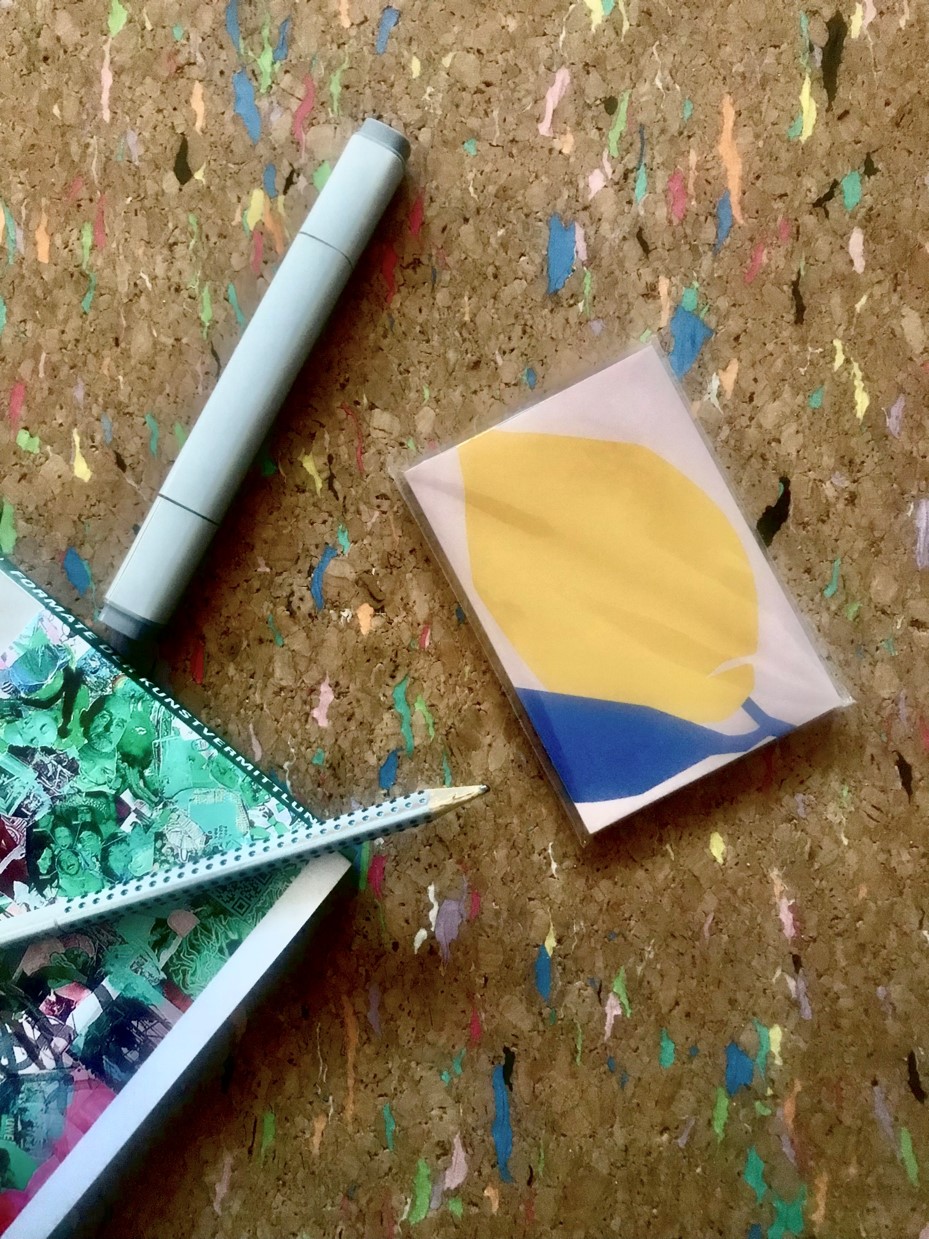21 January – 16 April 2023
Between Mainstream and Avantgarde

Their posters are probably the best way to tell the story of film in post-war Germany. On three floors, the new exhibition at the Kunsthaus Göttingen is therefore devoted to posters and film clips from the 1950s to the 1970s of three decisive film institutions, or advertising designers, whose posters are closely connected with and reflect the awakening and development of the film industry.

In the process, their development begins with prohibitions. After the unconditional surrender, all film production was initially banned and a list of films whose screening was no longer permitted was published. All other cinematic activities had to be approved by the intelligence control authorities of the respective military governments. The Western Allies initially paved the way for their own film industry. It was not until after the founding of the Federal Republic of Germany in 1949 that the developments of a new German film industry as well as its own German film distribution and cinema market began – very hesitantly at first.

The new era began in the early 1950s, among other things with the founding of Neue Filmkunst Walter Kirchner and Arca-Filmgesellschaft (1952 in Göttingen). Both companies initially imported films from abroad. Neue Filmkunst made it its business to bring films to Germany that had not been shown here before. The quality of the films was paramount in the selection. Later, classic German films, for example from the 1920s, were also reintroduced into the programme.
The Atlas film distribution company, founded in Duisburg in 1959, pursued a similar concept. Arca, on the other hand, mainly imported films that were already box-office hits in their countries of origin and also produced its own films from 1954 onwards. Today, their productions are synonymous with the entertainment films of the years of the economic miracle. Karl-Heinz Fehrecke, who was trained in Kassel and had already designed film posters since 1949 (for Panorama Filmverleih and NF-Film), was engaged for the advertising of many Arca films. The productions are geared towards great audience success. The posters therefore have to fit the films exactly in order to get the audience in the right mood, because television was still in its infancy and so the poster was the most important advertising medium for the cinema film at that time.

“The distributor ‘Neue Filmkunst Walter Kirchner’, founded in Göttingen in 1953, was to post-war West German cinema what Rowohlt’s Rotation novels were to literary life after the Second World War. Just as ‘rororo’ publishers brought world literature back to Germany, Neue Filmkunst introduced West Germans to world cinema.”
The exhibition is curated by guest curator René Grohnert (Deutsches Plakat Museum im Museum Folkwang).
Posters (downwards):
Hans Hillmann (1925-2014), Die sieben Samurai (七人の侍), Japan, 1954 (Im Verleih 1962), Paul Robert Wilk, Frankfurt a. M., Offsetdruck, 84,8 x 59,3 cm, DPM 23574, ©Marlies Rosa Hillmann, Frankfurt a. M.
Karl-Heinz Fehrecke (1913 – 1994), Musik, Musik und nur Musik (Motiv 2), Deutschland (BRD), 1955, Tiefdruck, 83,9 x 59,3 cm, KHF 25, ©Beate Fehrecke, Hannover
Heinz Edelmann (1934-2009), Schade, dass Du eine Kanaille bist (Peccato che sia una canaglia), Italien, 1954 (Im Verleih 1964), k.A. zum Drucker, Offsetdruck, 84,0 x 59,0 cm, DPM 18568, ©Valentie Edelmann, Amsterdam
Karl-Heinz Fehrecke (1913 – 1994), Die Mädels vom Immenhof (Motiv 2), Deutschland (BRD), 1955, Tiefdruck, 83,8 x 59,1 cm, KHF 28, ©Beate Fehrecke, Hannover
Poster left:
Rambow-Lienemeyer-van de Sand (Gestaltung und Illustration: Gunter Rambow; 1938 | Typografie: Gunter Rambow und Gerhard Lienemeyer; 1936) Charlie Chaplin / Goldrausch (2. Auflage), Deutschland (BRD), 1962, Domberger, Filderstadt, Siebdruck, 119,8 x 84,2 cm, DPM 17902, © Gunther Rambow, Güstrow










FOllow us here